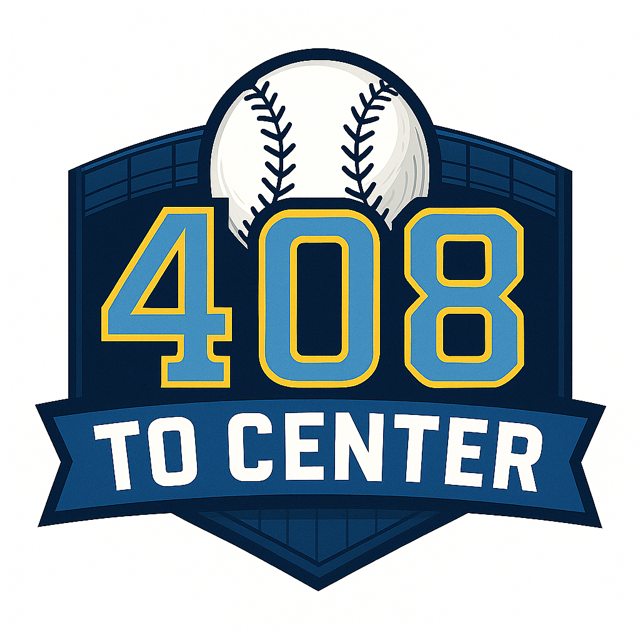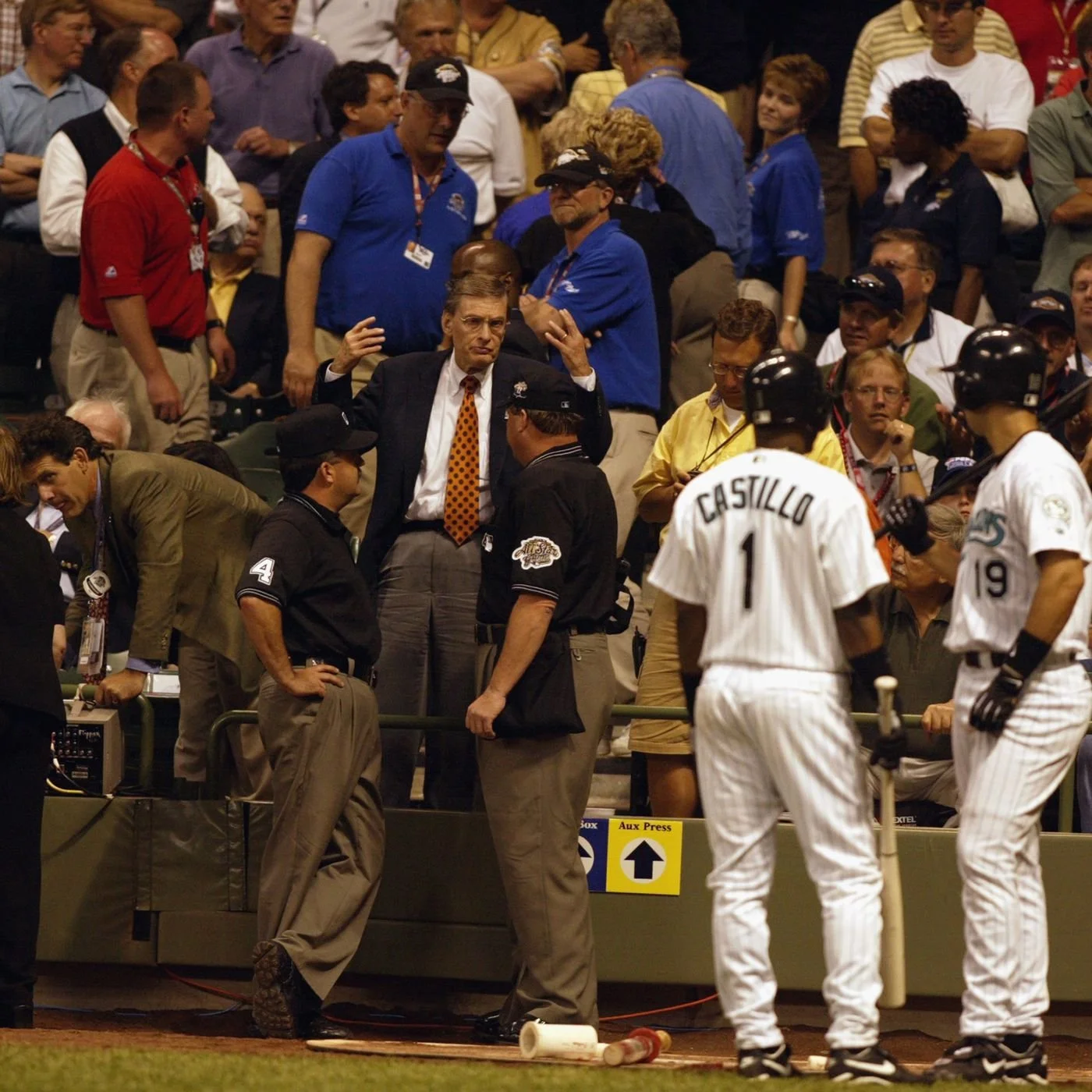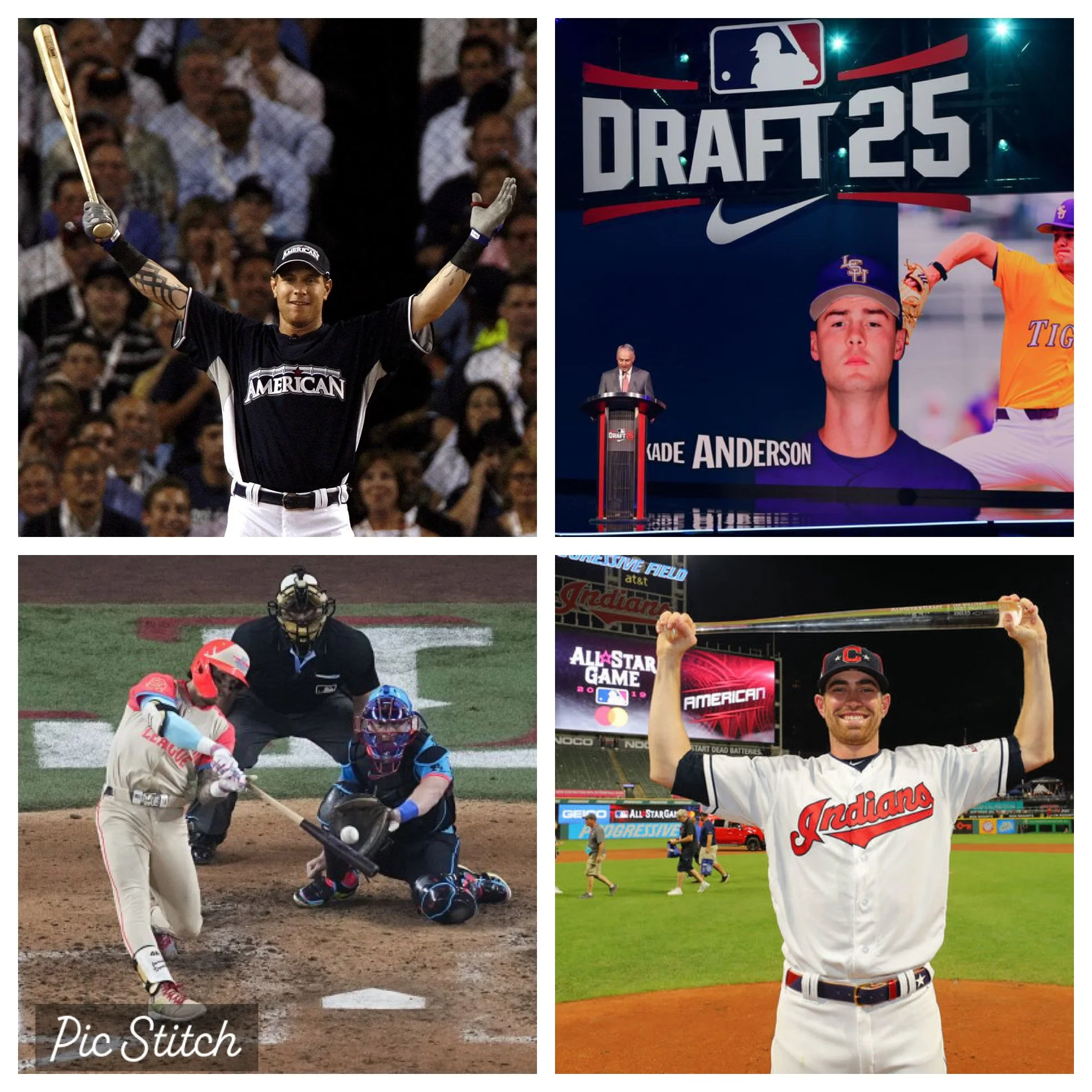Mid-Summer Mishap
(Photo: 408)
Tonight, Major League Baseball (MLB) will host its 95th All-Star Game at Truist Park, home of the Atlanta Braves. This marks the third time Atlanta has hosted the Mid-Summer Classic, following previous games in 1972 and 2000. Fans are hoping for a thriller like the one 25 years ago, when the American League (AL) rallied for three runs in the top of the ninth to secure a dramatic win.
But this game is more than just a showcase of the sport’s top talent—it’s the latest chapter in the ongoing evolution of the MLB All-Star Game. Over the years, the event has undergone significant changes to its format and fan-voting process, many of which can be traced back to one infamous night: the 2002 All-Star Game in Milwaukee.
A Promising Start, a Shocking Finish
Held at Miller Park (now American Family Field), the 2002 All-Star Game was meant to be a celebration of baseball and American spirit. It was the first All-Star Game held after the September 11 attacks, and the stadium was blanketed in patriotic symbolism. Fireworks lit up the sky, flags waved proudly, and tributes honored legends like Hank Aaron and the recently passed Ted Williams—whose iconic number “9” was painted in the outfield grass.
On the field, the game delivered early excitement. In the bottom of the first inning, Red Sox pitcher Derek Lowe delivered an inside breaking ball to Barry Bonds, who crushed it to deep right-center. Torii Hunter, the AL’s Gold Glove center fielder from the Minnesota Twins, made a spectacular leaping catch to rob Bonds of a home run. The two shared a light-hearted moment afterward, with Bonds playfully picking up Hunter in appreciation.
Barry Bonds, lifts Torii Hunter over his shoulder, after robbing him of what would have been a home run in the first inning of the 2002 MLB All-Star Game. Bonds would win his fifth MVP in 2002 after hitting 46 home runs, driving in 110 RBI’s, posting a 1.381 OPS, and leading the Giants to the World Series. (Photo: Chicago Tribune)
The National League (NL) didn’t stay quiet for long. After a Mike Piazza groundout brought in Vladimir Guerrero in the second inning, the NL added three more in the third, including a two-run single from Bonds.
The game had all the makings of a classic. The AL chipped away with runs in the fourth and fifth innings, and after a back-and-forth battle, the score was tied 7–7 heading into extra innings.
Then, everything unraveled.
A Tie? In an All-Star Game?
By the 11th inning, both teams had exhausted their pitching staffs. MLB rules prohibit pitchers from re-entering the game, and Vicente Padilla (NL) and Freddy Garcia (AL) were the last available arms.
After a scoreless top of the 11th, AL and NL managers Joe Torre and Bob Brenly met with then-Commissioner Bud Selig to discuss their options. With no remaining pitchers, and no guide for this kind of situation, Selig made the unprecedented decision: if the NL didn’t score in the bottom half, the game would end in a tie.
Fans were furious.
When the announcement was made over the stadium PA system, boos rained down. Debris was thrown onto the field. And after Garcia struck out the final two batters, the game officially ended in a 7–7 tie—MLB’s first All-Star tie since a rain-shortened game in 1961.
To make matters worse, no MVP was named, despite the recent renaming of the award as the “Ted Williams Most Valuable Player Award.”
Selig later defended the decision, saying, “Nobody wanted to play more than I did, but I have to balance the concerns and hopes of the fans against the welfare of the players and the game.”
Still, the damage was done. MLB had reached a crossroad with its All-Star Game.
All MLB commissioner Bud Selig could do was raise his hands after it was agreed upon that the 2002 MLB All-Star Game would end in a tie after the 11th inning if neither team score. (Photo: MLB)
A Turning Point Sparks Change
While the 2002 game was undoubtedly a low point for MLB, it served as a catalyst for much-needed change. The league realized it could no longer take the All-Star Game for granted—it needed structure, stakes, and modernization.
One of the most impactful changes came in 2003: the league that won the All-Star Game would earn home-field advantage in the World Series. This incentive encouraged managers and players to approach the game with renewed seriousness. The rule remained in place until 2017 and played a key role in 10 of the 15 World Series during that span.
Notable exceptions were NL teams that won the World Series despite the AL winning the All-Star Game:
After 2017, MLB reverted to awarding home-field advantage based on regular-season records.
Additional Rule Changes Post-2002
To prevent a repeat of the 2002 debacle, MLB implemented several other rule changes:
Roster Expansion: Starting in 2003, rosters expanded from 30 to 32 players, including more pitchers. By 2010, rosters settled at 34 players per team.
Universal Designated Hitter: Post-2002, the DH rule applied in all All-Star Games, regardless of venue, increasing offensive potential and reducing the chance of running out of pitchers.
Sunday Starter Rule: Pitchers who started the Sunday before the All-Star Game became ineligible to pitch during the game, though they were still honored as All-Stars. This helped protect arms and prevent exhaustion.
The Home Run Derby Evolves
While the All-Star Game itself changed, MLB also revamped its other marquee event: the Home Run Derby.
By 2002, the Derby was already gaining steam. That year, Sammy Sosa launched a 524-foot blast—a record that still stands. However, the traditional format (10 outs per round) dragged on too long for many fans.
In 2014, MLB introduced a time-based format. Now, players are given three minutes (or 40 pitches) to hit as many homers as possible. This change brought a faster pace and more drama. Viewership responded positively—9.1 million tuned in for the 2008 Derby, and ratings have remained strong ever since.
A Modern Twist: MLB Draft Joins the Party
Starting in 2021, MLB added another dimension to All-Star Week: the MLB Draft. Modeled after the NFL and NBA’s draft spectacles, the event is now held at the All-Star Game site and receives prime-time attention.
In 2023, the draft adopted a lottery system for the top six picks to discourage tanking and add excitement. Paul Skenes became the first No. 1 pick under the new system. Other notable changes include:
Remaining lottery picks are set in reverse order of winning percentage.
Playoff team draft order is determined by postseason finish, revenue-sharing status, and win-loss records.
A Tie That Sparked a Transformation
The 2002 All-Star Game may have been a blemish on baseball’s legacy, but it also became a defining moment that forced the league to adapt, evolve, and improve its product.
That evolution will be on full display in tonight’s game with the introduction of the Automatic Ball-Strike (ABS) system. MLB has been testing the technology, which allows hitters and catchers to challenge a pitch by tapping their helmet. The league plans to fully implement the system by 2026.
Now, MLB’s All-Star festivities are the gold standard among the “Big Four” sports:
2024 MLB All-Star Game: 7.44 million viewers (up 6% from 2023)
2025 NFL Pro Bowl Games: 5.75 million viewers
2025 NBA All-Star Game: 4.72 million viewers (a 25-year low)
2024 NHL All-Star Game: 1.4 million viewers
With constant innovation, fan engagement, and a commitment to honoring the game’s past while embracing its future, don’t expect MLB to repeat the mistakes of 2002. But if they do, one thing’s certain: they’ll adapt—and once again, lead the way.
Ever since the 2002 All-Star Game tie, MLB has come a long way with its Mid-Summer Classic. The game and events surrounding it have evolved to make it the premier All-Star Game. (Photo: 408)





